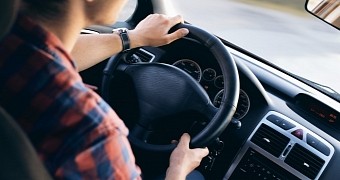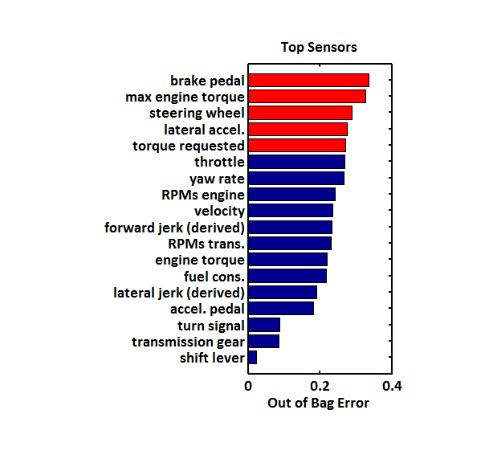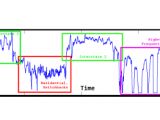After carrying out an experiment earlier this year, four scientists say that today's smart cars collect enough data to identify drivers by the way they drive.
The researchers' experiment consisted of having 15 people drive a car around an isolated parking lot and then along a 50-mile loop around the city of Seattle.
Scientists used data from the car's CAN bus
Researchers collected data from the CAN bus, one of the car's main components through which all the digital data passes. A laptop was plugged into a hidden USB port underneath the wheel, included on most smart cars to allow for debugging and maintenance operations while at a service shop.
The four researchers took the collected data and fed it into a machine learning system. They only used 90 percent of the driving data from each person to train their algorithm, and the rest to test the results.
The machine learning system took in data from 15 car sensors and identified how each participant would accelerate, turn the steering wheel, how they'd break, and more.
Experiment achieves 100% accuracy
The results showed that their algorithm was able to detect drivers based on their driving style in all cases with an accuracy of 100 percent using all 15 car sensors.
The researchers said they would still achieve 100 percent accuracy if they only used data from the brake pedal.
They would also achieve maximum 100 percent accuracy if the algorithm had data from all 15 sensors and only 15 minutes of driving from each participant. The accuracy drops to 87 percent if the machine learning system only used data from the brake pedal and only 15 minutes of driving.
If given 8 minutes of driving and data from multiple servers, the algorithm would still achieve 100 percent accuracy in some cases.
Researchers discovered that data from the brake pedal was the most useful, followed by the maximum engine torque sensor and the steering wheel inclination sensor. The gear shift lever sensor provided the least concluding data.
Furthermore, researchers say that a driver’s fingerprint, a term used to describe driving strategy and driving patterns, is consistent across different days and road types.
Driver fingerprinting raises new privacy issues
In their paper, the four researchers argue that this information could be used by authorities and insurance companies to identify the person behind the wheel at the time of an accident.
Car vendors like Tesla automatically collect sensor data and upload it to their servers. The researchers say that this could be a potential privacy issue if the data is not properly secured and the user given control of who can access it.
"[T]he consumers and collectors of said data should have a responsibility to offer users with privacy controls and develop safeguards for data processing and retention which keep up with the evolving threat model landscape," the researchers note.
You can read more details in the Automobile Driver Fingerprinting study set to be presented at the Privacy Enhancing Technology Symposium next month.

 14 DAY TRIAL //
14 DAY TRIAL // 



